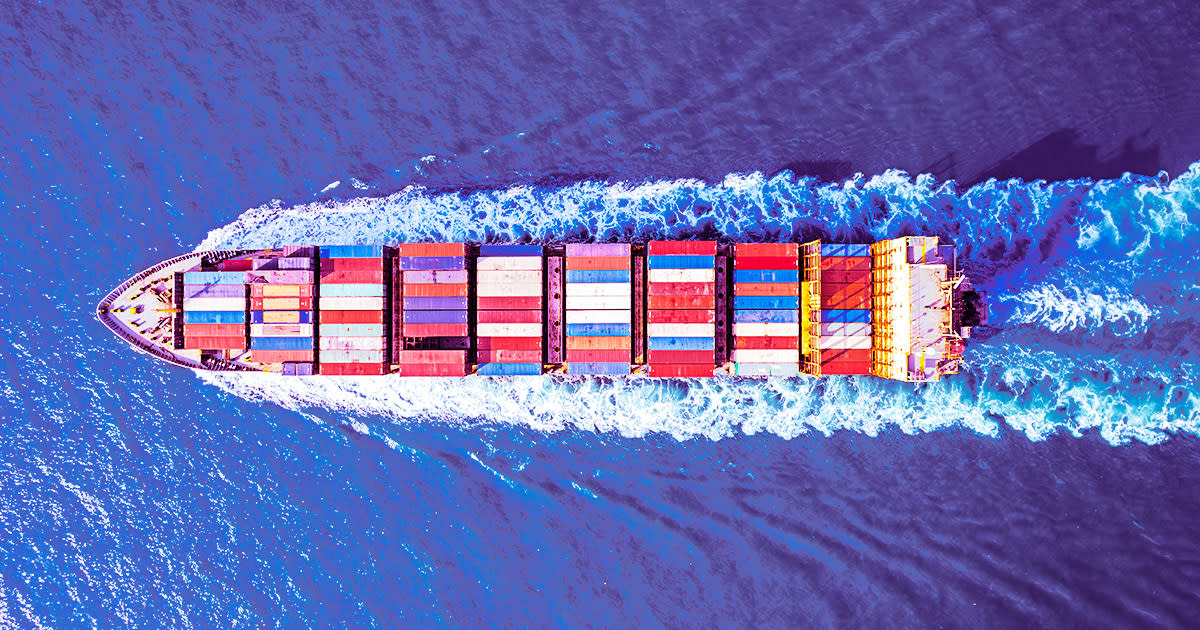Ingenious Trick Cuts Cargo Ship Carbon Emissions by 17 Percent

Cruise Control
The behemoth cargo ships that serve as the lifeblood of our global economy have an enormous environmental toll; the maritime shipping industry released more than a billion tons of CO2 in 2018.
But researchers at a project called the "Blue Visby Solution" have shown an ingeniously straightforward method that can cut down cargo ships' carbon emissions by an average of 17 percent — without even having to modify the vessels in the slightest.
And that's a key selling point. Many environmental solutions require altering ships or their source of power, like adding giant sails — which could work, but come with added costs and complications.
Instead, Blue Visby proposes that tankers ditch the long-held practice of "Sail Fast, Then Wait," and slow their vessels instead of arriving way ahead of schedule.
Knot So Fast
It's hard to get around the basic reality that moving lots of stuff across the ocean costs a ton of energy. Yet it's also the most efficient way of moving goods at scale, and is miles cleaner than air freight.
Be that as it may, there's still room for improvement. Captains have pretty much always adhered to the philosophy of "Sail Fast, Then Wait": once a ship leaves port, you sail at top speed to the next destination, get there early, and wait for your turn to dock and unload.
With Blue Visby's method, the ships maintain a lower speed, which costs far less fuel. With vessels of this scale, every extra knot is met with huge amounts of water resistance. Plan it just right, and the ship will arrive later but still unload at its scheduled time — and everyone's happy.
Based on Blue Visby's analysis of 2019 shipping figures, this practice, if implemented with tanker and bulker fleets, could save 45 million tons of carbon.
Time for an Overhaul
To be fair, the change would require an enormous amount of coordination around software, logistics and educational efforts. But the real world results so far have been extremely promising.
In trials between April and March with two bulk carriers that fully implemented Blue Visby Solution (which includes software tuning), one ship, the Gerdt Oldendorff, completed its voyage to Australia with a whopping 28.2 percent reduction in its CO2 emissions compared to its "Sail Fast, Then Wait" performance. The other ship, the Begonia, saved 12.9 percent, for an average of 17 percent.
It'll be an upstream battle to get the rest of the shipping world on board, but leaders at Blue Visby are adamant that ditching our old school ways of seafaring is paramount.
"Decarbonisation is unattainable without energy efficiency, and energy efficiency is impossible if ships continue to Sail Fast Then Wait," said Haris Zografakis and Pekka Pakkanen, co-ordinators of the Blue Visby Consortium, in a joint statement.
More on carbon cutting: A Single Herd of Bison Can Help Capture CO2 From Over 40,000 Cars, Scientists Find

 Yahoo News
Yahoo News 
